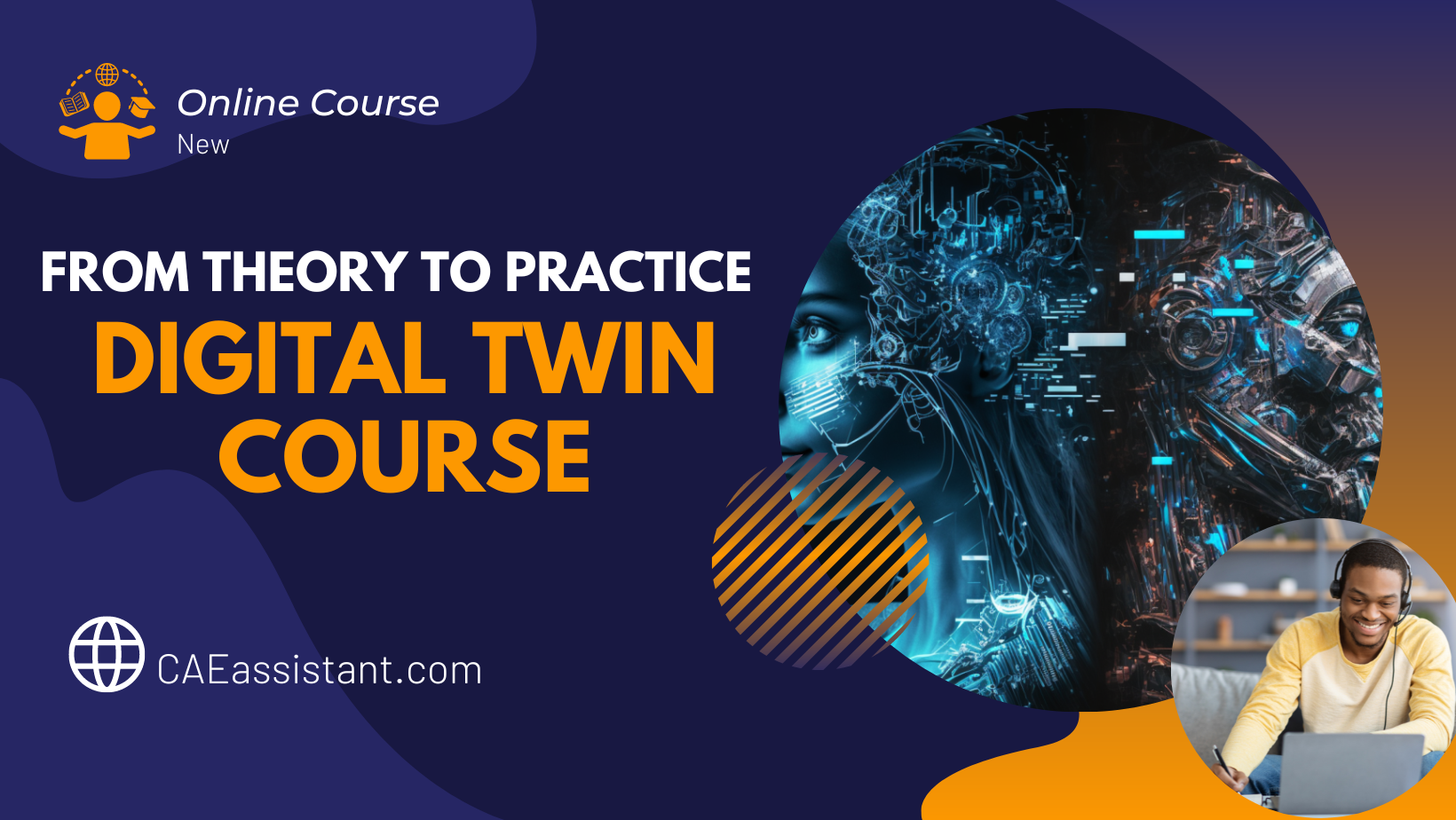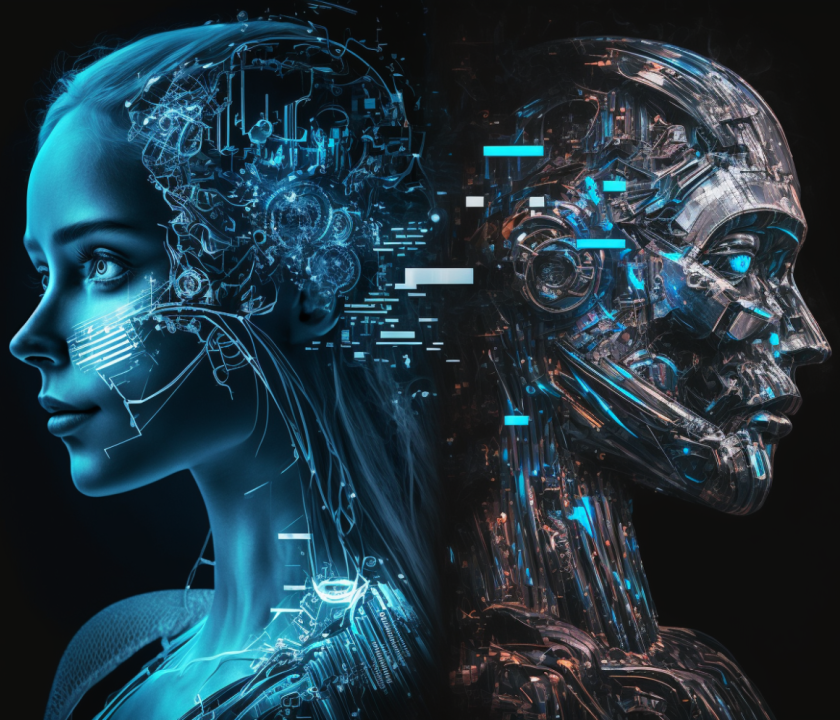Digital Twin Course: From Theory to Practice
Digital Twin Course Overview
This course provides a comprehensive understanding of Digital Twin technology, covering key aspects such as core concepts, enabling technologies, and practical implementation strategies. Participants will learn how Digital Twins create dynamic digital representations of physical assets, enabling real-time monitoring, simulation, and optimization. Through hands-on projects, learners will explore how to design, develop, and deploy Digital Twins for various industries, leveraging IoT, data analytics, and machine learning. With a focus on real-world applications, case studies, and advanced methodologies, this course equips professionals to harness Digital Twin technology for business transformation.
Digital Twin Course Objectives
- Understand the core concepts, components, and architecture of Digital Twins.
- Explore the enabling technologies and data management strategies.
- Develop, deploy, and optimize Digital Twin models using advanced techniques.
- Analyze industry-specific case studies and learn best practices for successful implementation.
- Apply advanced simulation, AI, and machine learning techniques to enhance Digital Twin capabilities.
- Implement strategic solutions to overcome challenges in Digital Twin adoption and integration.
Key Features of the Course:
- Hands-on Projects: Develop Digital Twin models and simulate real-world scenarios.
- Industry-Focused Case Studies: Examine implementations in manufacturing, healthcare, and smart cities.
- Expert Lectures: Insights from industry leaders and experienced professionals.
- Collaborative Learning: Access to a virtual platform for networking and peer discussions.
- Capstone Project: Real-world project application, from conceptual design to deployment.
Course Outcomes:
By completing this course, participants will:
- Develop a thorough understanding of the core concepts, technologies, and best practices for Digital Twins.
- Be able to build and deploy Digital Twin models for various industry applications.
- Analyze and interpret data from Digital Twins for improved decision-making and operational efficiency.
- Gain advanced skills in modeling, simulation, and AI integration.
- Understand the ethical considerations and future trends shaping the field of Digital Twins.
- Be equipped to drive digital transformation and innovation within their organizations.
Course Assessment:
- Quizzes and Assignments: To reinforce theoretical and practical understanding.
- Final Project: Capstone project to demonstrate the application of Digital Twin concepts to a real-world scenario.
- Course Evaluation: Feedback to improve the learning experience and content delivery.
This course serves as a comprehensive guide to Digital Twin technology, offering learners the opportunity to master the development, deployment, and optimization of Digital Twins for transforming business operations and creating value across industries.
You can see the related sources via the link below:
- Definition and Concept of Digital Twins
- Evolution and Historical Context of Digital Twin Technology
- Digital Twins vs. Other Simulation and Modeling Techniques
- Key Characteristics and Components
- Understanding the Value and Business Impact
- Current Trends and Future Directions in Digital Twin Adoption
- Internet of Things (IoT): Sensors, Actuators, and Communication Protocols
- Role of Cloud Computing and Edge Computing in Digital Twins
- Data Analytics for Real-Time Monitoring and Control
- Simulation Technologies and Virtual Modelling Environments
- Digital Twin System Architectures: Centralized vs. Decentralized Models
- Integration of IoT, Simulation, and AI in Digital Twin Systems
- Data Acquisition and Sensor Placement Strategies
- Data Storage Solutions: Cloud vs. On-Premise
- Data Quality, Governance, and Integration
- Methods for Ensuring Data Security and Privacy
- Real-Time Data Processing and Analytics for Digital Twins
- Addressing Data Integration Challenges and Solutions
- Methodologies for Digital Twin Development: Agile, Model-Driven, and Iterative Approaches
- User-Centered Design for Digital Twin Interfaces
- Developing Physical-Digital Synchronization Models
- Risk Analysis and Mitigation in Digital Twin Projects
- Strategies for Scaling Digital Twin Solutions
- Deployment and Maintenance of Digital Twins in Live Environments
- Manufacturing: Process Optimization, Quality Control, and Predictive Maintenance
- Healthcare: Patient Monitoring, Surgery Simulation, and Personalized Medicine
- Transportation: Traffic Management, Vehicle Simulation, and Fleet Management
- Energy: Grid Optimization, Resource Management, and Renewable Integration
- Smart Cities: Infrastructure Management and Urban Planning
- Case Studies: Successful Digital Twin Implementations Across Various Sectors
- Introduction to Simulation Techniques: Finite Element Analysis (FEA), Computational Fluid Dynamics (CFD)
- Building Dynamic Models: Linear and Nonlinear Modelling Approaches
- Simulation Tools and Platforms: Ansys, Simulink, and MATLAB
- Model Calibration and Validation Techniques
- Using Simulation to Optimize Digital Twin Models
- Developing Predictive and Prescriptive Models with Digital Twins
- Artificial Intelligence and Machine Learning Integration
- Advanced Data-Driven Models for Predictive Maintenance
- Augmented and Virtual Reality for Enhanced Visualization
- Ethical Considerations and Societal Impact of Digital Twins
- Real-Time Decision Support Systems Using Digital Twins
- Disruptive Trends and Future Innovations in Digital Twins
- Strategic Planning for Digital Twin Adoption
- Overcoming Technical and Organizational Barriers
- Creating a Roadmap for Digital Twin Integration
- Business Case Development and ROI Analysis
- Best Practices for Long-Term Maintenance and Evolution
- Aligning Digital Twin Solutions with Business Strategies
Our team of CAE Assistant instructors, renowned experts in their respective domains, will deliver each section of the course, providing you with unparalleled knowledge and insights.
Currently, the course instructor is being finalized, but we are committed to bringing you one of the leading experts in the field. We’re working diligently to ensure that a top researcher will be selected to develop and deliver this course soon.
- Industry Professionals: Engineers, project managers, and technologists looking to apply Digital Twins in industries such as manufacturing, healthcare, and transportation.
- Researchers: Academics focused on system simulation, IoT, or smart infrastructures.
- Technology Enthusiasts: Individuals interested in understanding emerging technologies and their business implications.
Finite Element Analysis course Certificate
Upon successful completion of this course, you will receive a course completion certificate. This certificate guarantees your skills with the amount of time spent, skills trained, and can be verified online.

Completing the “Digital Twins: From Theory to Practice” course opens up several career opportunities, especially in industries looking to harness real-time data and predictive modeling. Here are key job prospects:
- IoT Solutions Architect: Integrate IoT sensors, data analytics, and machine learning to create interconnected digital and physical systems, enhancing operational efficiency.
- Predictive Maintenance Specialist: Implement digital twin-based predictive maintenance systems to reduce downtime and improve the longevity of equipment.
- Data Analyst for Digital Twins: Analyze data from digital twin models to improve decision-making, enhance productivity, and optimize resource management.
- Simulation and Modeling Engineer: Use advanced simulation techniques, including finite element analysis and computational fluid dynamics, to optimize digital twin models for complex systems.
These roles cater to industries leveraging digital twins for innovation, operational improvements, and predictive insights.
First Session for Free!



